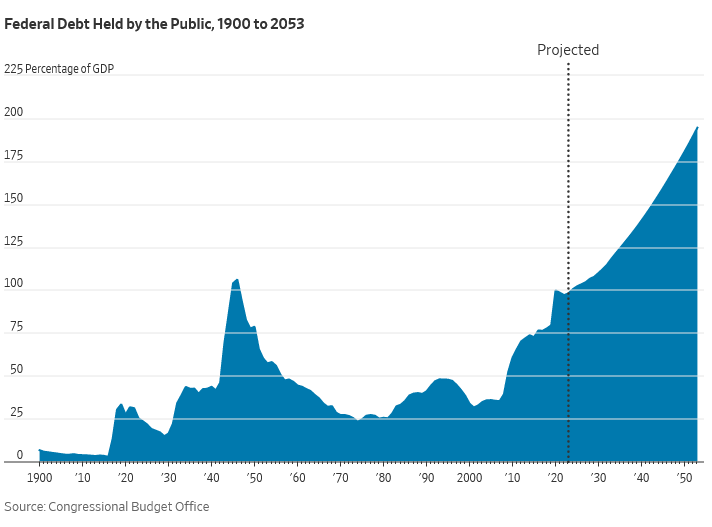The Progressive-Democratic Party is attempting to use its Newspeak Dictionary to redefine “Nonsense” as “Common sense.” The latest example of this is President Joe Biden’s (D) latest call for “common sense” gun reforms. He made his latest demand in response to a series of murders with guns in Mississippi. In that series, the murderer used a shotgun and two handguns to murder six people across three locations in his single rampage. Biden’s demand:
That includes requiring background checks on all gun sales, banning assault weapons and high-capacity magazines, fully closing the boyfriend loophole to keep guns out of the hands of domestic abusers, requiring safe storage of guns, and eliminating immunity for gun manufacturers who knowingly put weapons of war on our streets.
Because any of that, like banning mythical devices—assault weapons and weapons of war on our streets—would have kept shotguns or handguns away from this murderer, or any other. And surely “high capacity magazines,” of whatever definition that becomes convenient from time to time to an overreaching government, would have kept shotguns and handguns away from criminals.
Holding gun manufacturers liable for the abuses of their products by criminals will only limit the availability of firearms to us honest average Americans. Oh, wait: that’s the goal of Party. Party members know full well that laws are ignored by criminals; that’s at the core of what makes them criminals.
Nonsense is common sense to Party. And Party expects us meekly to accept that. Or else.

